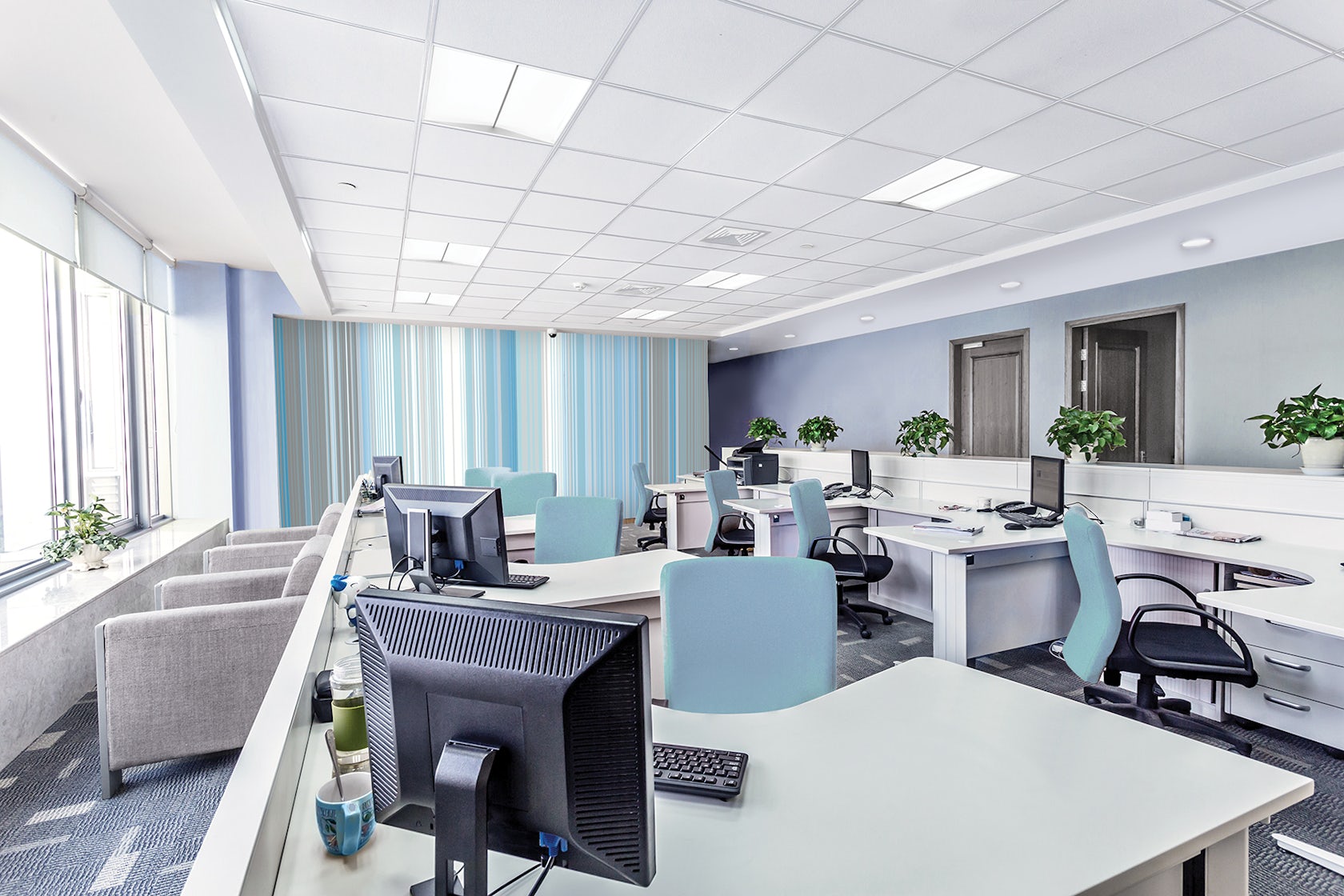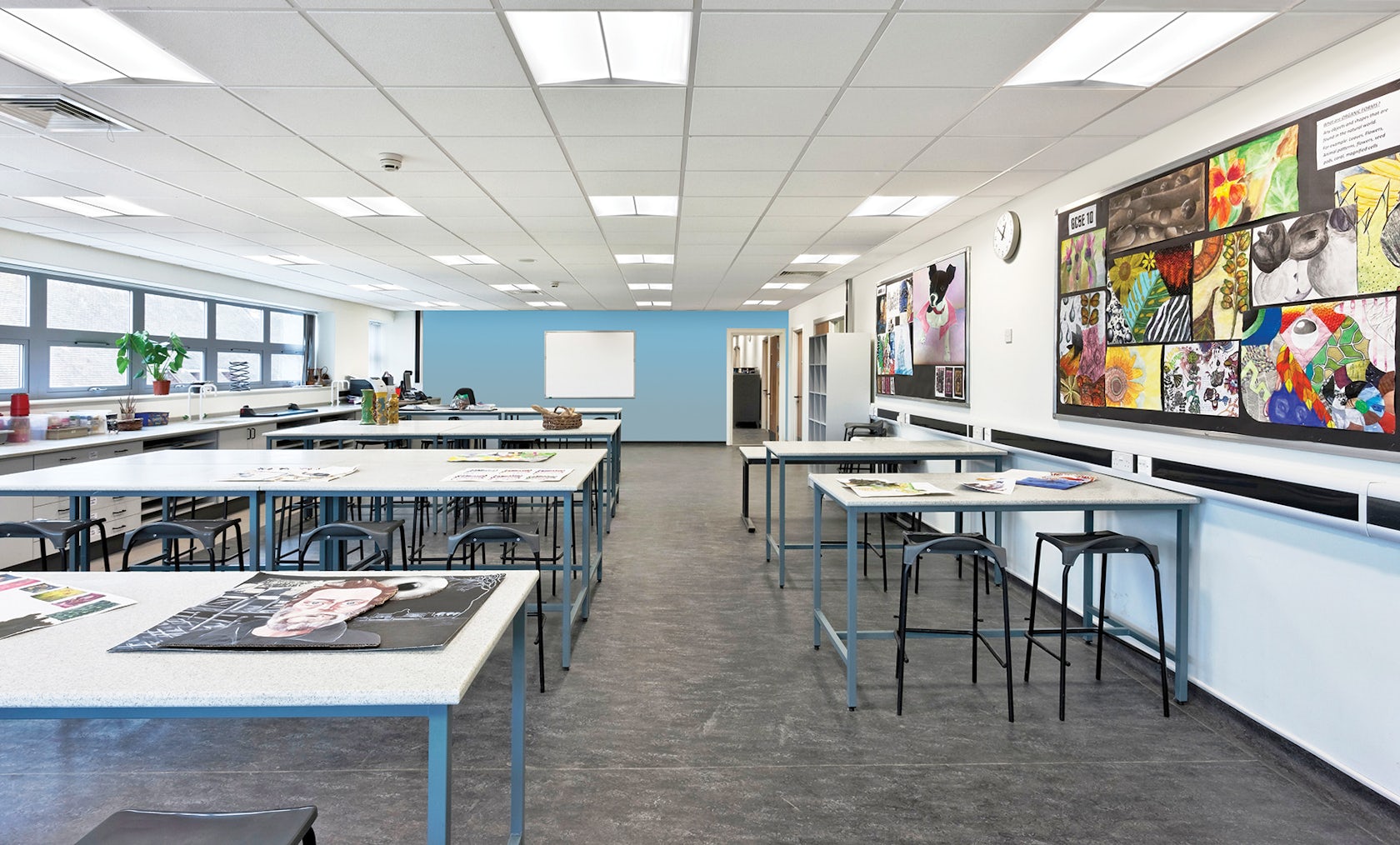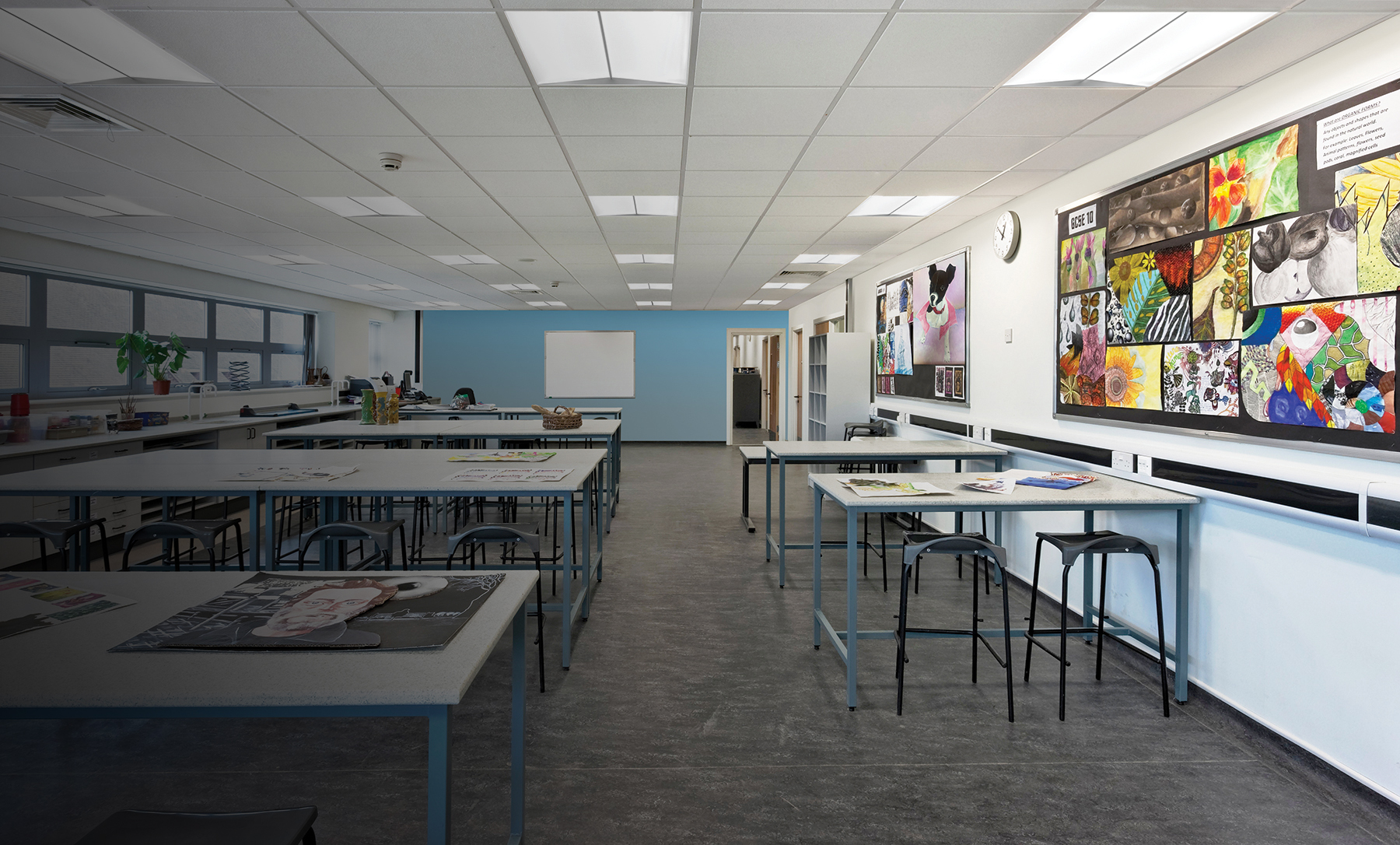All around the world unique applications for LEDs are becoming more visible and prevalent: The United Kingdom’s largest tomato grower has switched to 100-percent LED light for its growing cycles, Buenos Aires’ Obelisk monument combines LEDs with cloud technology to put on a nightly light show in the center of the city and a number of schools and hospitals across the United States have abandoned the harsh feel of fluorescents for tunable-white systems with changing color temperatures. And all of these were made possible thanks to Philips Lighting, a company that’s working to improve energy efficiency while creating comfortable environments. In keeping with this goal, the manufacturer’s latest product line is making it easy for architects and interior designers to do the same.

Philips’ Ledalite SilkSpace LED recessed, supports the WELL Building Standard that’s typically needed in people-focused spaces such as hospitals, retail stores and educational facilities. Even better, it looks anything but institutional and utilitarian with its minimalist design that blends seamlessly into a wide array of ceiling designs. SilkSpace essentially lets occupants and visitors focus within the spaces created for them rather than let bad lighting detract from their activities.
To promote the new line and its potential impact on all manner of projects, Philips held a Pinterest contest, “Enhance Your Space.” All through the month of September, contestants posted images of indoor spaces geared toward wellness and creativity that were being held back by harsh, glaring lights for the chance to win 2,500 square feet of coverage by SilkSpace lighting products. The entries were complete Pinterest Boards of spaces in need of wellness lighting solutions and ran the gamut from children’s therapeutic playgrounds and a hospital room of the future to a visitation area in a veterinarian’s office and creative spaces at a center for autistic children (who have been shown to be exceptionally sensitive to lighting). The Grand Prize winner was Julia Lech, an Interior Designer from Folcroft, Pennsylvania. Philips looks forward to following up on her project enhanced by SilkSpace LED recessed lighting.

The contest entries spoke clearly to the types of projects in need of this innovation. Large-scale public areas are the most likely to use traditional recessed lighting that can affect the attention rates and moods of occupants because of standard opal diffusers that scatter beams in all directions to produce unpleasant glares.
To resolve all these issues and create clean, even light distribution, Philips Ledalite engineers utilize the digitally-produced microstructures that make up the latest MesoOptics technology. All SilkSpace LED luminaires feature MesoOptics which removes striations and hot spots, allowing 95 percent of pure white light from the LED source to pass through with highly uniform beam patterns. The benefits of a system built with this exciting feature range from overall better vision with fewer lights to lower energy consumption per unit. That means that spaces illuminated with SilkSpace need fewer fixtures to achieve the same amount of brightness while also being 20 to 25 percent more efficient than traditional lighting.

© Archimage Ltd

SilkSpace also boasts great flexibility and range. The fixtures come in sizes of 1 by 4 feet, 2 feet square or 2 by 4 feet; have a high spacing-to-mounting ratio for uniformity; sport integrated sensors and room- or network-based control; and offer standard and multiple lumens and color temperature choices. So no matter the setting and light levels needed, SilkSpace offers a solution.
Visit philips.com to learn more.









